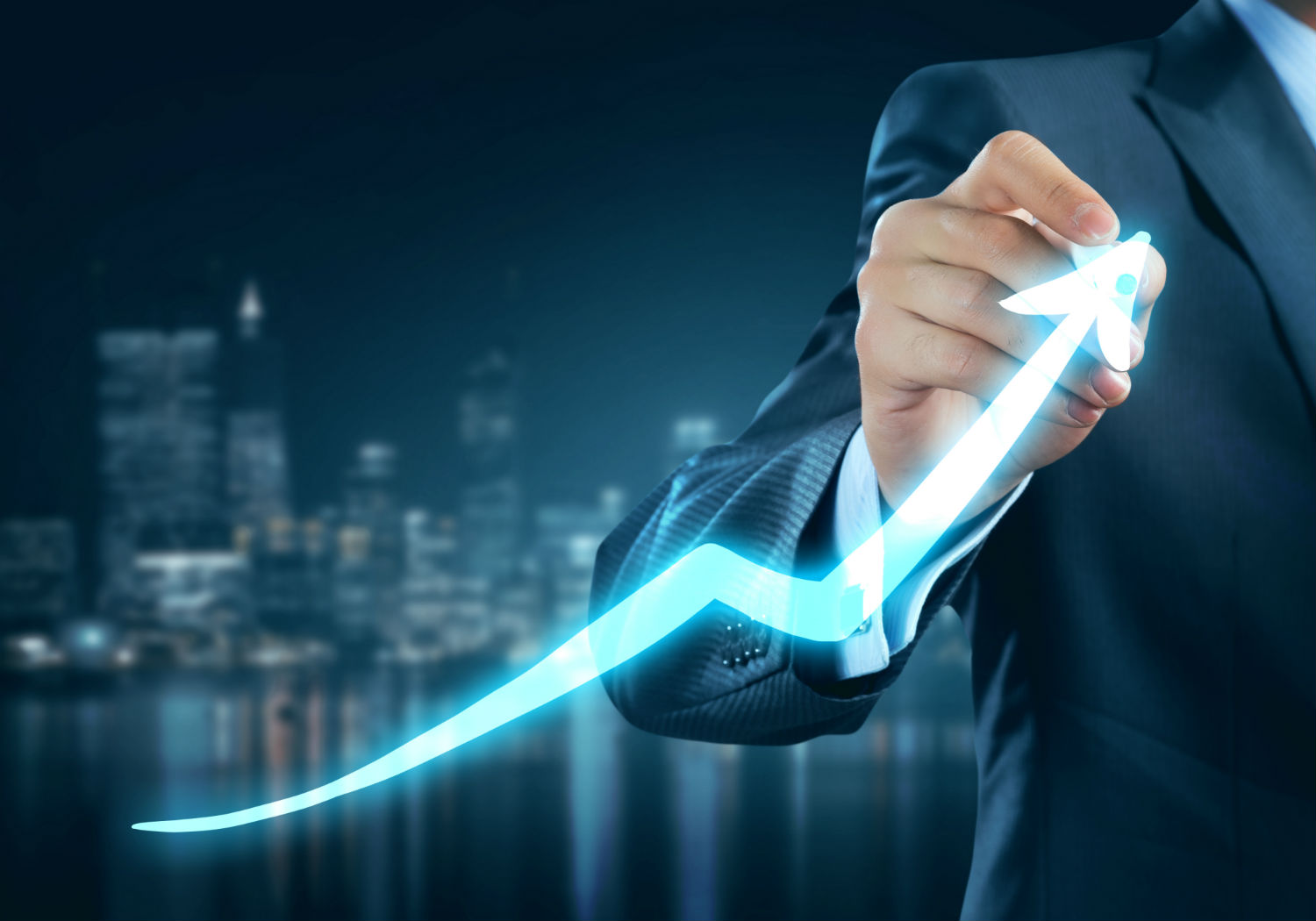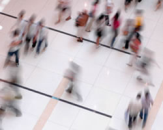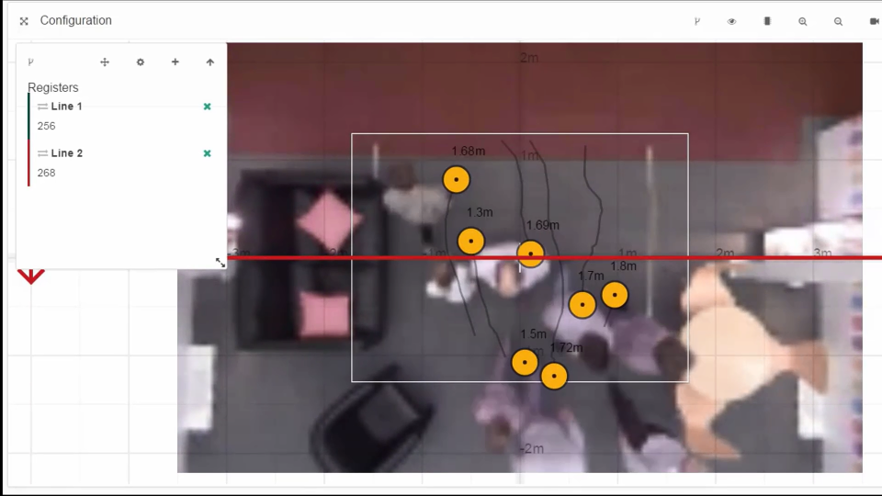How People Counters Improve Your Bottom Line

Insight into footfall traffic is fundamental to improving store performance. In fact, it’s difficult to achieve better results without measuring the volume of customers, as well as looking at key metrics such as dwell time and the way that consumers move around your retail store.
If you have insight into customer responsiveness to your store, its promotions, staff, layout, location etc., then you are equipped with key data that is essential to making the decisions that directly improve the bottom line of the business. When it comes to what people counters can do there are three obvious ways in which using this technology can contribute to better results.
Operational performance
The way that your store is operating will have a big influence over your customers’ experience, how much they spend and how loyal they are.
The data from people counting technology can be used to make key decisions that optimise operational performance. For example, tracking the ebb and flow of customers will identify peak times so that staff scheduling can be adjusted accordingly. You’ll also be able to see where the most heavily trafficked areas of the store are, for example those that might require additional security to reduce the risk of theft or additional crowd management measures to ensure customers don’t get frustrated and leave.
Footfall counting data is also crucial in establishing whether a potential location is the right choice as an investment and whether there is enough traffic to deliver results.
Insight into customer behaviours
Footfall counting data enables you to identify the customer behaviour trends that typically lead to a sale.
Data — such as how many people enter the store, how long they spend in the store and how they interact with different elements of the store — are all crucial in making changes in-store to increase conversions. For example, footfall counting technology, combined with retail business analytics, may identify that there is an increase in the number of customers entering the store – but that they are leaving soon after. This may mean rethinking the way staff behave so that customers are engaged more quickly, or looking into store layout so that products are easier to find and customers don’t leave due to frustration.
Fixing issues such as these can result in better customer engagement and more sales.
Using data to improve customer experience
Customers are inclined to spend 40% more if they enjoy a positive experience in-store, so there is a clear benefit to using footfall data to improve customer experience. The most frustrating customer service issue for many consumers is standing in line to buy something. Often, it is this frustration that sends them online to purchase instead.
Footfall data can be used to identify the average number of people standing in line, as well as when your peak and off-peak times are. This information is essential for ensuring adequate staffing and identifying whether other solutions – such as wireless payment, for example – might contribute to a better customer experience.
People counters allow you to make informed business decisions that will improve your bottom line. Once you know what works and what doesn’t you’ll be able to make positive, proactive changes that have real impact.
Share this
You May Also Like
These Related Posts

7 ways people counting analytics help retailers
Retail Technology: Why People Counters Alone Are Not Enough

Vector 4D: The Only People Counter that Removes Staff from Analytics
Connect with us
Need more information? Ready to get started? We're here to help, get in touch.


